What Is Drayage: The Fundamental Definition
Drayage is the process of transferring goods only short distances, usually within a bigger supply chain journey intra carrier drayage. Distribution logistics moves cargo from ports, railway stations or airports to warehouses, distribution centers or other transport points that are nearby. It all began because “dray” was the historical word for a low cart without sides, designed for moving heavy objects with drayage trucks inter carrier drayage .
Historical Origins of Drayage Services

Drayage was invented long ago when horse carts would move heavy products through crowded streets in cities. Because of the industrial revolution, drayage was key for unloading cargo from trains and ships to local areas in the context of freight shipping . With improvements in trade, short-distance transportation methods learned to work well with containerization and intermodal systems pier drayage.
Types of Drayage Operations in Modern Logistics
Modern drayage covers several major categories. Containers are transported from the seaports to destinations located inland in the process of container drayage, which is a specific kind port drayage. Trains unload at rail terminals and rail drayage handles the transfer to nearby facilities expedited drayage. It is drayage that manages moving air cargo at the airport. Container transfers are helped by using intermodal drayage. Every type of transportation helps supply chains in different logistical ways shipping containers.
The Role of Drayage in Supply Chain Management

Drayage handles the first and last parts of moving items along the supply chain. It fills the space between shipping vehicles and the place items are delivered drayage truck. The lack of proper drayage would mean that goods would be held up at terminals which could cause problems across the entire supply chain. The transportation company guarantees that cargo is delivered smoothly from the international shipping to the local distribution stage, including door to door drayage services .
Key Players in the Drayage Industry
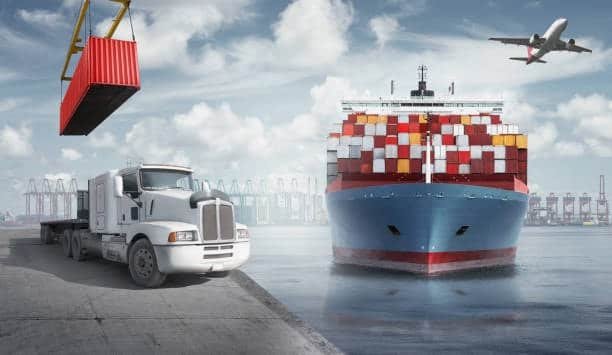
A number of people in the industry, like shippers, carriers and freight forwarders, need to cooperate. Drayage companies have truck drivers who provide the hauling services, which may include shuttle drayage between terminal intermodal transport. Freight forwarders look after arrangements and the handling of goods during shipments. Port authorities oversee how terminals are handled intermodal association. It is common for shippers to need drayage services for getting cargo to and from the port. The role of the customs broker includes ensuring that companies comply with rules and regulations. All team members contribute to the fast and proper transfer of goods.
Equipment and Technology Used in Drayage
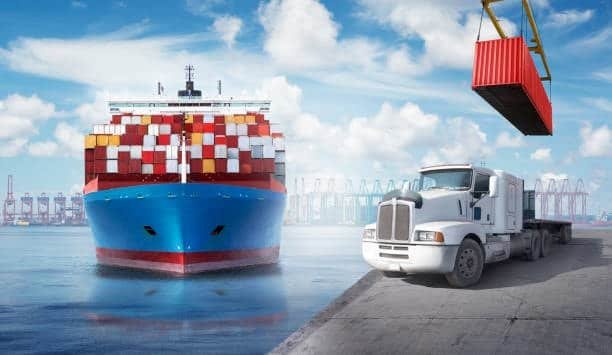
To move containers short distances, drayage operations use special equipment made for the purpose intermodal hub. Chassis trailers are used for containers and yard tractors are in charge of moving cargo within terminals. GPS, electronic loggers and special software help bring more order to how drayage companies operate. Using technology makes it easier to keep an eye on work and cuts expenses container shipping.
Drayage vs Long-Haul Trucking: Understanding the Differences

Even though both kinds of trucking include moving freight by truck, drayage is controlled in a very different way than long-haul trucking. Usually, drayage travels short distances and stops to load or unload goods many times, particularly in intermodal shipping operation types of drayage services. Truckers in long-haul transportation drive for many miles and often stay behind the wheel for several days. Some drayage drivers drive home each evening, but long-haul drivers cover many miles for weeks before coming back.
Common Challenges Facing Drayage Operations
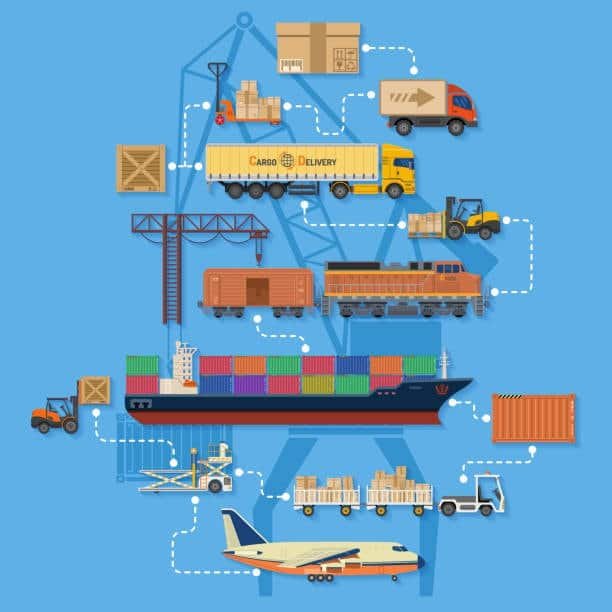
Drayage operations must handle several difficulties that can lower efficiency and cost more. Congested ports make it hard for cargo to move quickly, so delays and waits occur. A lack of drivers can bring changes to both when services are available and how much they cost. Being in compliance with regulations means employers always have to pay attention to safety and the environment drayage market. It is important to set aside money regularly for equipment maintenance. A lot of traffic in cities slows down the functioning of the transportation system and raises fuel expenses.
The Economics of Drayage: Costs and Pricing Factors

Drayage rates are influenced by several factors that describe challenging aspects of operating. The bases of truck insurance change due to the amount of mileage traveled and fuel costs affect the overall premium. Charges for port fees and the use of terminals are extra costs to consider. How long inventory takes in the warehouse can impact the final price, especially when dealing with an intermodal unit trucking freight. Changes in what the market demands result in rate instability. When businesses know all of these factors, they can make better decisions for budgeting drayage services.
Environmental Impact and Sustainability in Drayage

There is more pressure on the drayage industry to adopt sustainable practices that are friendly to the environment. There is a gradual move from diesel trucks to electric and hybrid trucks in some places as container ships become more common . Using this kind of software results in reduced fuel usage and pollution. Collaborative logistics sharing helps reduce the number of trucks run empty. Green initiatives aid firms in following environmental rules and achieving sustainability goals.
Drayage Regulations and Compliance Requirements

Following many federal, state and local laws is essential in drayage operations. Rules set by the Department of Transportation cover who may drive and how safe the vehicles should be. Emissions are regulated in some places according to environmental laws. Rules for gaining access to the terminal vary by port. Movement of goods internationally calls for compliance with customs and security. Being up to date with latest regulations is necessary for a lawful business.
Technology Innovations Transforming Drayage Services
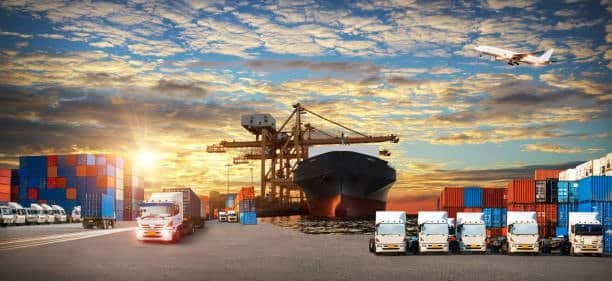
Constantly improving technology keeps changing the way drayage tasks are done. Routing and load matching are enhanced by using artificial intelligence. Blockchain improves how both cargo tracking and documentation are handled. Mobile apps make it easier for drivers and dispatchers to talk. Strides in autonomous vehicle development will bring about operational changes in the future. By using these technologies, firms can increase how much they can do with less money.
Regional Variations in Drayage Operations
Drayage operations change a lot from one region to another according to local conditions. East Coast ports handle mostly imports from Europe which require different equipment than those coming from Asia. The East Coast handles a lot of business with Europe via trade routes. Gulf Coast drayage helps to move products important to the region’s energy and chemical industries, often relying on a rail hub for efficiency . Noticing differences between regions helps companies pick the proper service providers.
Future Trends Shaping the Drayage Industry
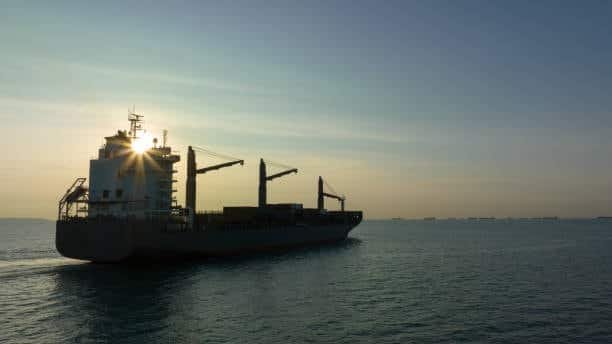
The future of drayage operations is being changed by several important trends. More transactions in e-commerce lead to higher demand for last-mile delivery. (Advanced) data integration is needed for supply chains to become more digital. The lack of workers causes companies to increase the use of automation and technology. Such laws seek to make transportation cleaner. The growth of these trends will lead to major changes in drayage.
Selecting the Right Drayage Service Provider
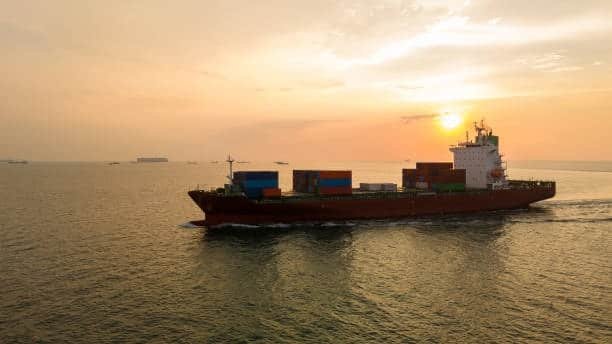
Carefully evaluating several considerations, including intra carrier arrangements, is necessary when choosing the right drayage service. Shipping needs must be met by the area your service will cover. Having enough equipment on hand allows the network to run well during peak times. The use of technology gives a clear view on the shipment. The history of incidents shows if operations are generally reliable. Good financial planning means services can keep running smoothly. Being competitive with pricing means offering good service value.
Best Practices for Efficient Drayage Operations
Applying the most effective practices across various modes of transportation helps drayage go more efficiently and cuts costs. Being well prepared allows goods to spend less time at the border and lets all resources be used efficiently. Working together and simply communicating discourages project hold-ups and confusion. Frequent equipment maintenance guarantees that services are delivered correctly. Performance monitoring makes it possible to find out what needs to be improved. Working with solid providers allows businesses to stick with dependable methods.
Conclusion
Drayage is a necessary part of logistics which connects large transportation with local deliveries. What started with horse-drawn vehicles is now a high-tech, advanced service that keeps supply chains constantly moving. Companies that know about drayage operations can design their logistics strategy by considering its prominent role in international trade.

